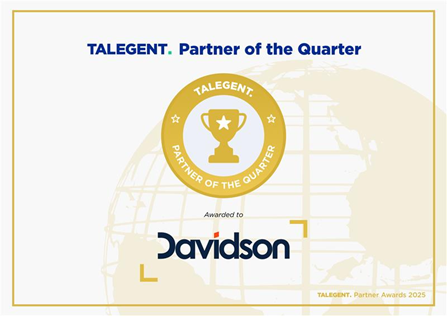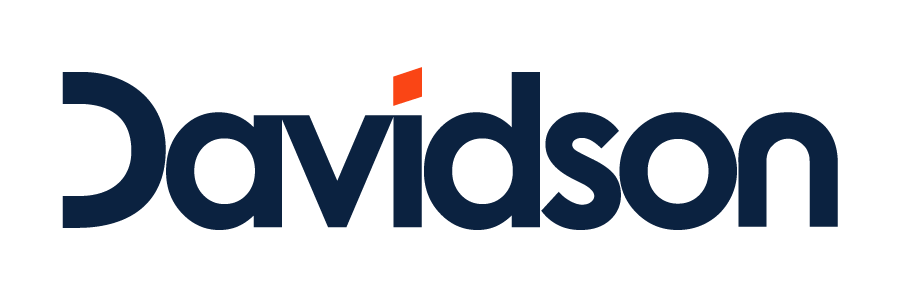Creating a shared understanding of culture to guide growth
Our Business Advisory team helped a leading defence industry company to define their values and behaviours that would guide their ambitious 10 year growth plan.
CHALLENGE
A major player in the defence sector, was growing exponentially. It could foresee no slowdown in growth over the coming decade.
A strong culture had underpinned our client’s success to date, but its culture had never been articulated.
The organisation had doubled its workforce and planned to do so again within the next 24 months. It had opened new and complex operations in different locations in Australia and overseas. High profile board members and key executives had joined the company. It wasn’t clear how to ensure the right values and behaviour were being lived in this environment of rapid expansion.
It was recognised that communication to all stakeholders would be crucial to success and that the culture of the organisation would need to evolve to help manage this major transformation as a consequence of growth. Having a unified understanding of the agreed culture and behaviours across the organisation was essential.
Our client’s business is complex. Divisions in the company provided entirely different product ranges to marketplaces that differed greatly in their needs. Accordingly, there was a desire to have one clearly defined culture for the company but to have a framework to allow Divisions to nuance their behaviour to serve their clients well.
sOLUTION
Defining the culture that created success and agreeing how it would evolve
Involving the board and all employees, we undertook a process to gather the data needed to define the organisation’s existing culture. An independent marketing organisation conducted research to provide insights that we used in the process.
Following this one on one interviews were conducted with the board and senior leadership team to capture insights into how they described the existing culture; what would be needed into the future; and what clients of the company would need.
Our data visualisation team created a detailed, but easy to digest report, which was distributed to the board and senior leadership team. Davidson then facilitated an off-site with the board and executive team to define the company values and create divisional charters which defined the behaviour expected in each team.
We assisted the board and leadership team to clarify how to use culture and adherence to values and behaviour to competitive advantage. Their role in communication and storytelling was crucial to success.
OUTCOMES
Unified, supported and inspired
By investing significant time into this process, the board and executive set the tone for all.
A clear definition of the values and expected behaviours allowed many positive things to occur.
New and old team members shared a common language and a shared understanding. As the new hires were onboarded, they were quickly inducted with precise and consistent language describing “how we do things around here” and “what the expectations of me are”. Leaders were provided the communication tools needed to ensure they presented as a united team across multiple locations.
The outcome ensured every team member knew what was required of them if the vision of the company was to be achieved.
Share this content





